Stargazing is probably a habit of many people and since ancient times, this has been an effective way to help us escape from the pressures and chaos of life.
However, looking at this somewhat "calm" sky, not many people know that there are nearly 30,000 objects larger than a softball flying around the Earth at speeds 10 times faster than a bullet. And they are quite close to Earth, only within a radius of a few hundred miles.
Nearly 70 years after Sputnik was launched, there are now thousands of objects flying in space. There are so many that many experts are worried. Recent studies show that the space race is changing the atmosphere in significant ways. This could have a negative impact on the ozone layer and the Earth’s climate.
Troy Thornberry, a researcher at the National Oceanic and Atmospheric Administration (NOAA), said he and his colleagues have found a wealth of human space footprints in the stratosphere (the second layer of the atmosphere). "The stratosphere is getting more and more crowded. We're looking at that, as well as looking closely at the enormous amount of material we're putting into space."
A recent study found that 10% of particles in the upper atmosphere contain metal fragments from rockets or satellites. Experts say that in the next few decades, the amount of man-made space debris will equal the amount of natural space debris.
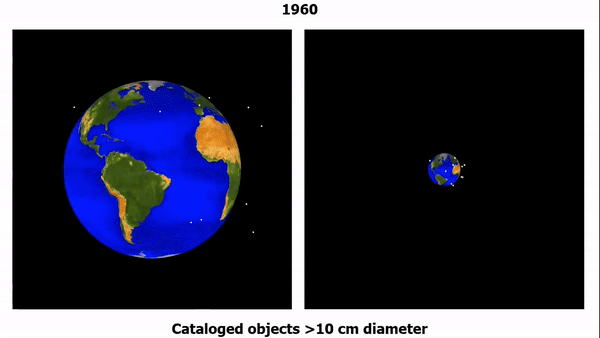
Graphic of the amount of space debris around the Earth over the years, only counting objects with a diameter of 10 cm or more
The amount of space junk is expected to increase in the coming years as the space race intensifies. Bill Weir, an environmental expert working for CNN, mentioned the adjustment of SpaceX's rocket launch system. He said the change will add tons of fossil fuel to each launch. As for existing satellites, they can also create "clouds of junk" when they leave orbit.
According to Orbiting Now, there are more than 8,300 satellites in orbit. That’s not the final number, of course. The US Government Accountability Office predicts that there will be about 58,000 satellites in space over the next six years. Another study puts the number lower at 20,000.
But even the lowest forecast leaves cause for concern. CNN describes the atmosphere as being at a level of congestion “unthinkable since Neil Armstrong first set foot on the moon.”
In 1972, Apollo 17 took the famous "Blue Marble" photo. The work is said to have inspired Earth Day later. However, at that time, not many people paid attention to the amount of space debris created during the process of taking this photo. According to expert Bill Weir, people's awareness of space debris only gradually changed after NASA scientist Donald Kessler published his research in 1979.
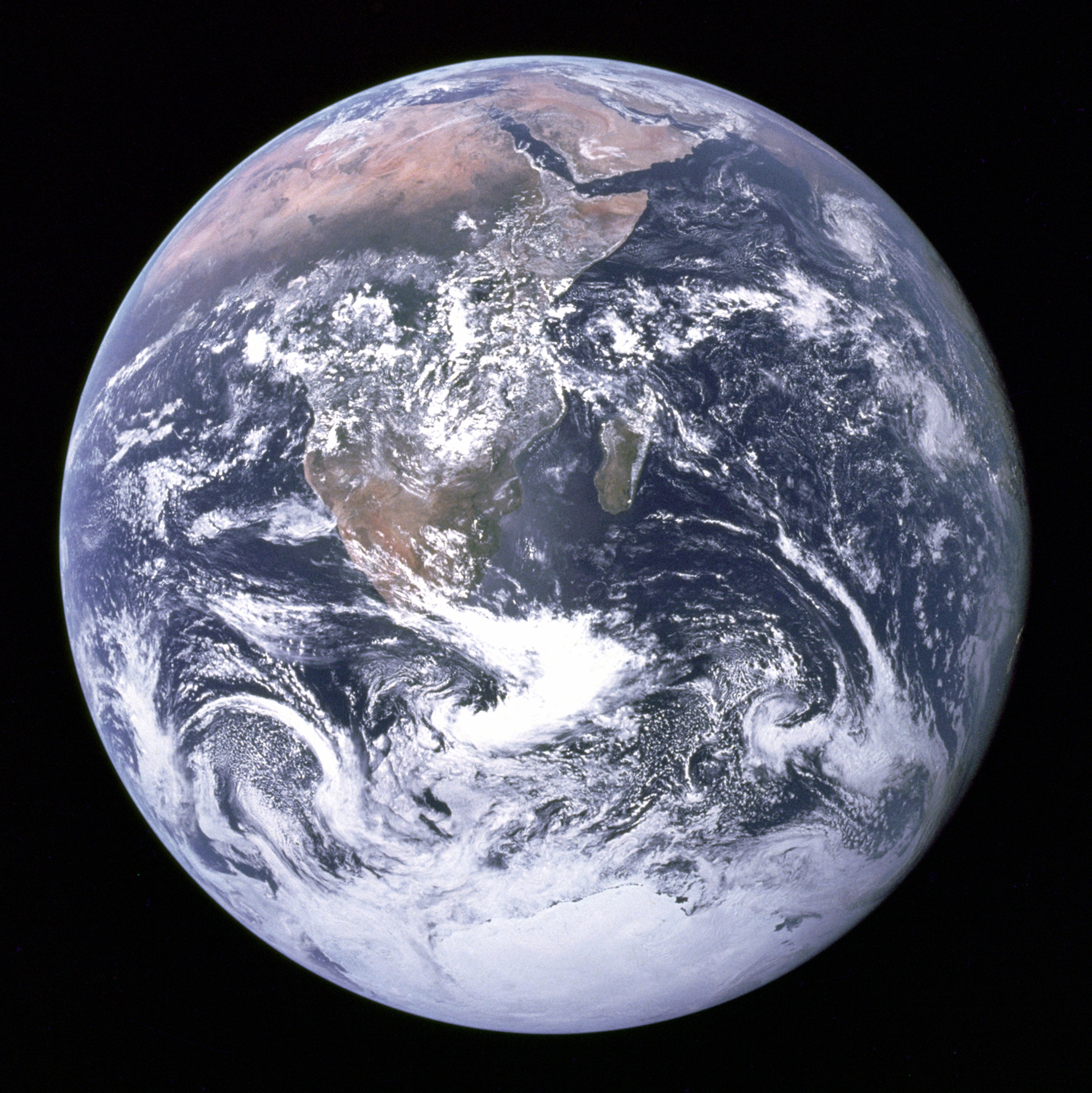
The famous "Blue Marble" photo
Since then, the term "Kessler Syndrome" was born and became widely known. Anyone who has seen the movie "Gravity" (2013) - which won 7 Oscars - will surely know the above phrase.
The Kessler Syndrome predicts a worrying future where so much space junk could make satellite launches impossible. Space junk will also fall to Earth more frequently. In 2022, a piece of spacecraft debris hit a farm in Australia.
CNN said that at an orbit of 2,000 km around Earth, objects can collide at speeds of about 23,000 mph. This means that even the smallest piece of debris could crack a window on the International Space Station.
An estimated 100 million pieces of pencil-sized man-made space debris are flying around in space. "They pose a major risk to the space industry," CNN said.
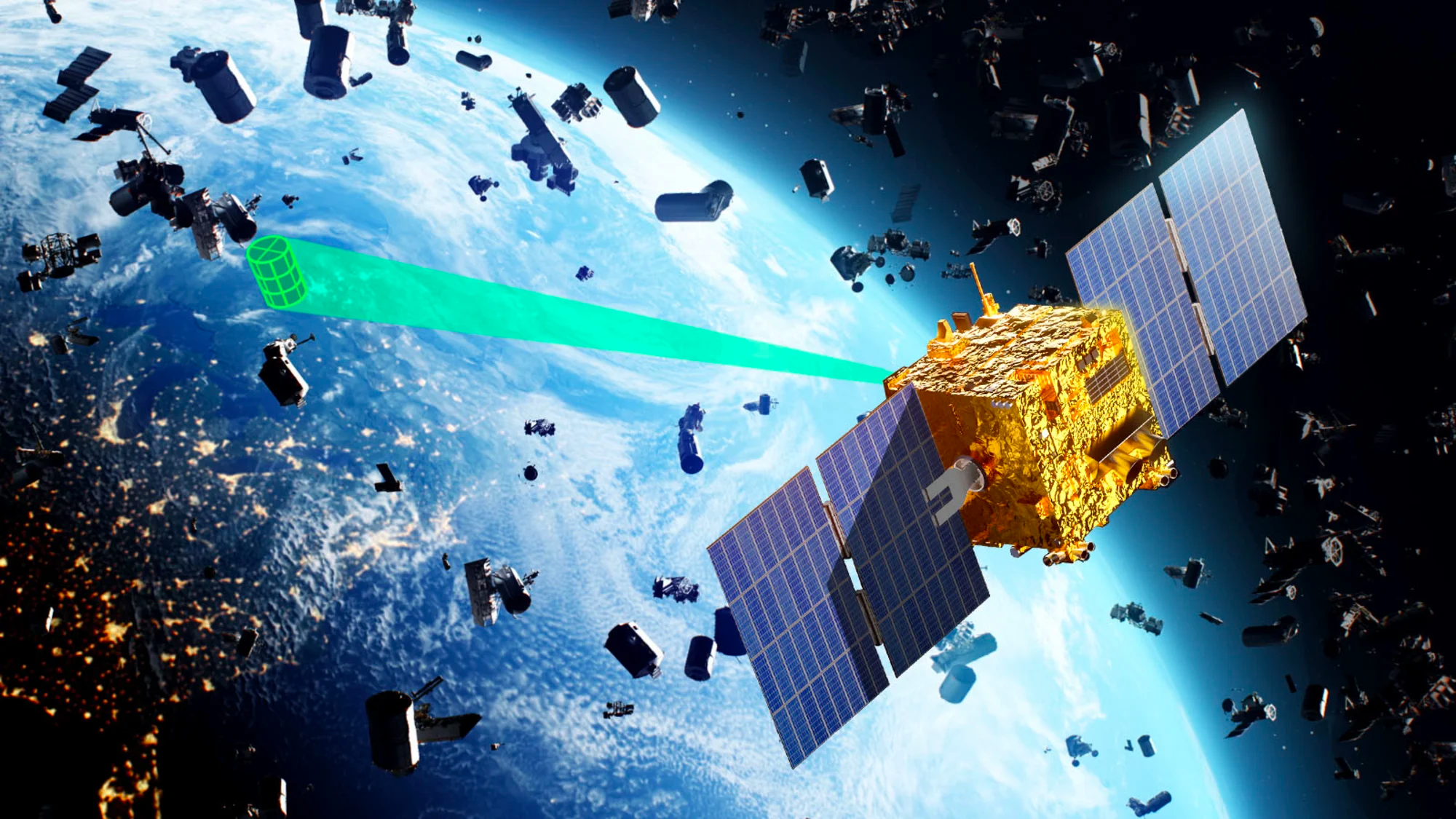
Space debris is a growing problem. Photo: Adobe Stock
Ron Lopez, currently the President of a branch of Astroscale - a Japanese company operating in the field of removing space junk, admits that removing them is an urgent task at the moment.
“Ten years ago, a lot of people thought our founder was crazy. Now, you can’t go to a space conference without them talking about space junk,” Lopez said.
He also believes that cleaning up space junk will become increasingly important in the future. The prospect of creating "garbage trucks" or "recycling centers" in space is still very far away. However, Lopez's company has successfully used a satellite equipped with a "giant vacuum" to capture a specific target.
But such efforts only address a tiny fraction of the growing amount of space junk.
Source: CNN
Source











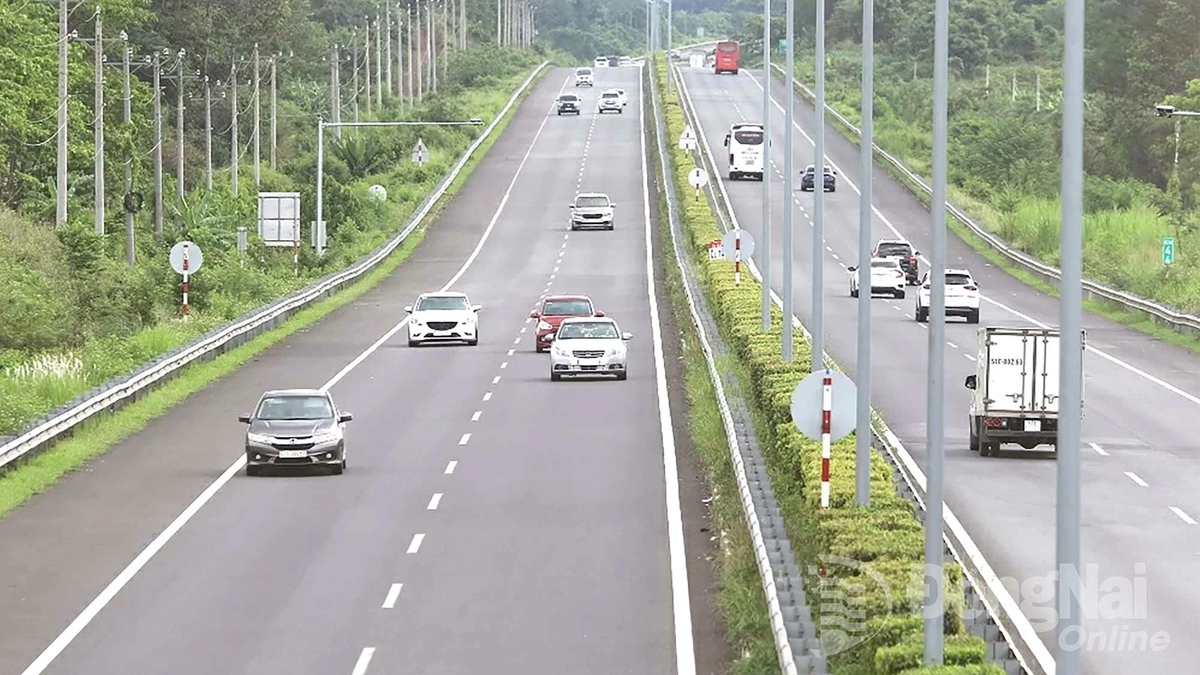












































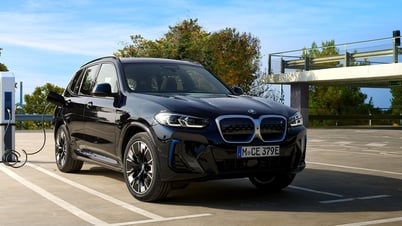

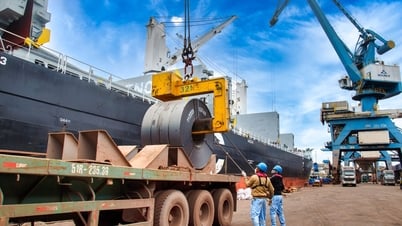












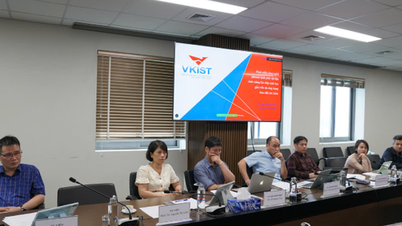






















![[Infographic] In 2025, 47 products will achieve national OCOP](https://vphoto.vietnam.vn/thumb/402x226/vietnam/resource/IMAGE/2025/7/16/5d672398b0744db3ab920e05db8e5b7d)





Comment (0)